The average American spends over $1000 on coffee annually. And according to this Reuter's article, 64% of American adults had a coffee yesterday. You can put me on that list.
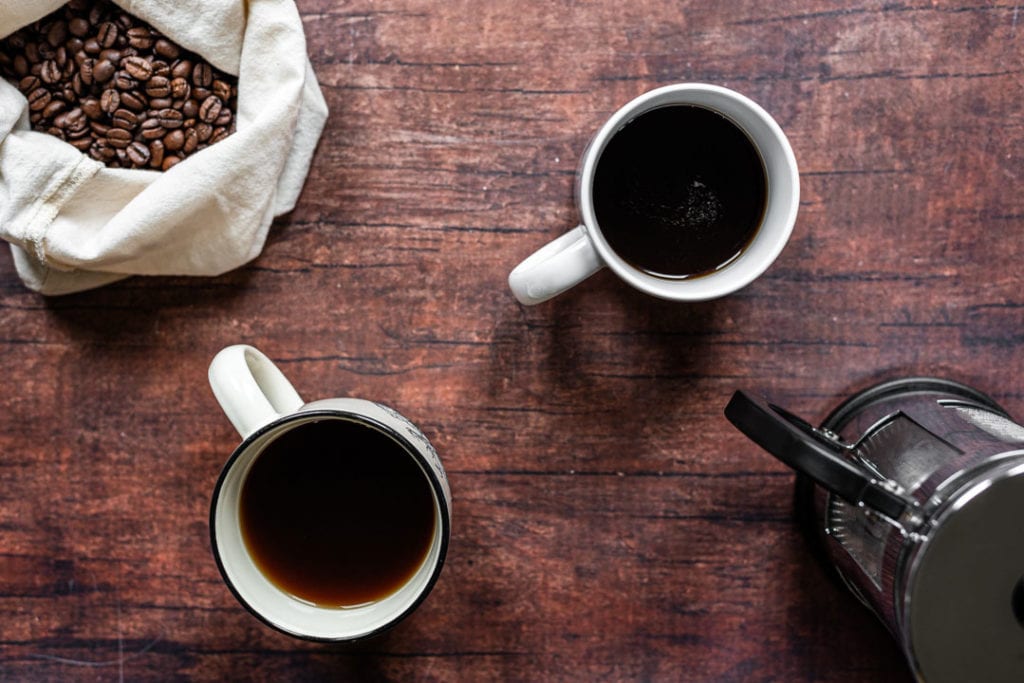
I'm writing today's post from a cozy coffee shop on a rainy day in Minneapolis, drinking my hot cup of joe from a ceramic mug. As I sit here, I see person after person walk out with plastic to-go cups… Add in the drive-through, and I'm not sure I even want to begin to count the number of single-use cups leaving this coffee shop.
Others are enjoying their coffee here with me. And many of them are using single-use cups for their in-house coffee. I don't know about you, but I think coffee just tastes better out of a real mug.
According to CleanWaterAction.org, Starbucks uses more than 8,000 paper cups per minute. Per minute! This adds up to more than FOUR BILLION paper cups per year. That's 1.6 million trees harvested every year to make all those single-use cups.
And since these cups are lined with plastic, they're not truly recyclable ─ only a couple of U.S. cities actually accept Starbucks paper cups for recycling. Most Starbucks paper cups (even those accepted for recycling) end up in the trash.
If you're like me, coffee is an everyday event. Which means I want to do all I can to reduce as much coffee-related waste as I can.
Hi there! Below you'll find affiliate links to great products that we enjoy using in our own kitchen. [feast_ads_disclosure]
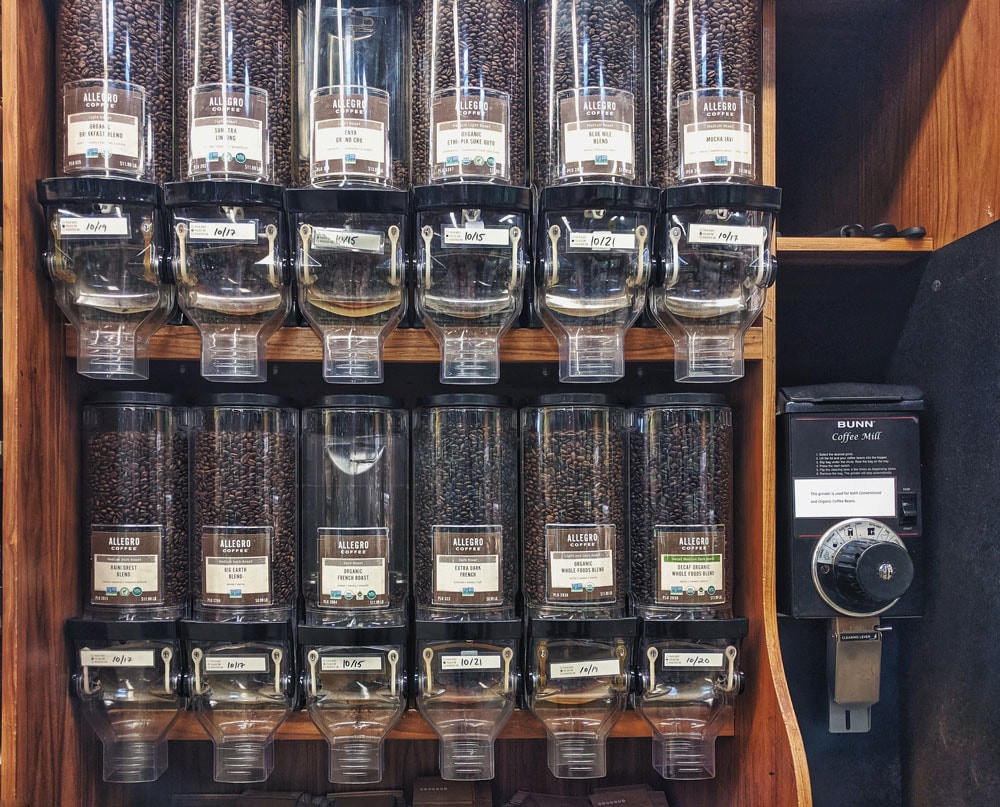
Quality over quantity
First off, the quality of your coffee makes a HUGE difference. I used to drink pre-ground drip coffee from my trusty Mr. Coffee maker without a second thought. But to be honest, I never truly enjoyed those cups of coffee. I always had to douse it with milk or cream just to make it tolerable.
But then I tried responsibly-sourced whole bean coffee. Freshly ground. Made in a french press. And now I'm a coffee lover! The real change came from switching to whole beans, grinding those beans at home, and using a different brewing method. Coffee has now graduated from a cup of bland black liquid into my daily cup of deliciousness.
Did you know pre-ground coffee is one of the top foods involved in food fraud? This means pre-ground coffee may not be 100% coffee. There may be added items that they don't put on the label, used as filler to increase the quantity. For the freshest and real thing, go with fair-trade, organic whole beans and grind them yourself.
We buy our whole beans in bulk, using our own
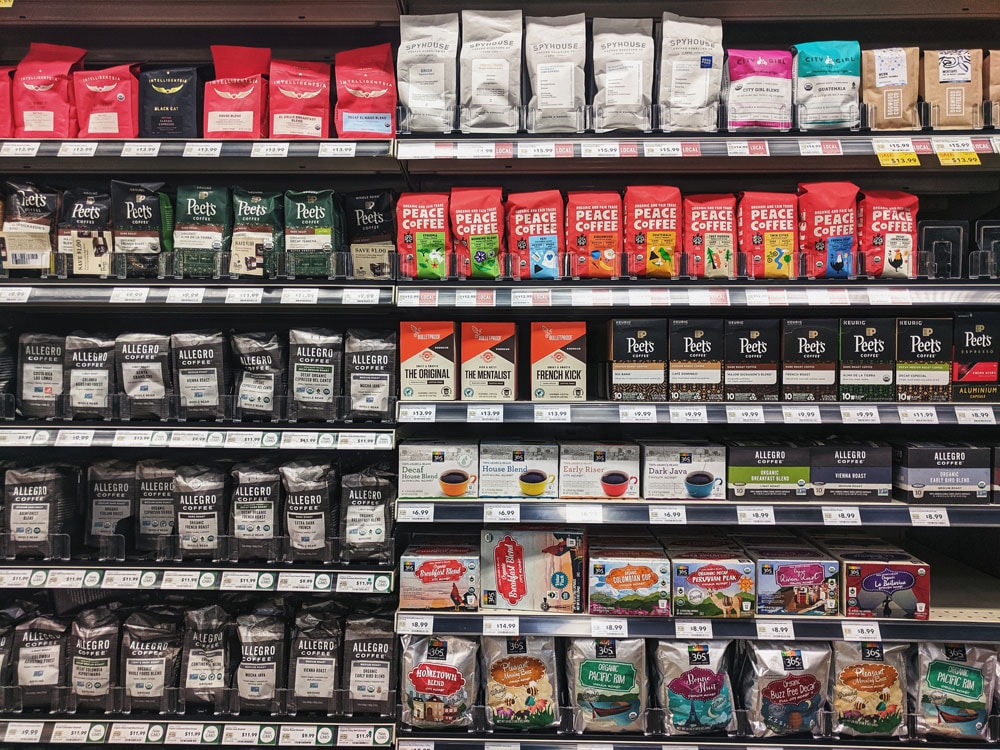
The other thing to consider is the brewing method. There are many different ways to brew coffee - drip, pour over, french press, moka pots. I personally love our french press, though pour over comes in at a close second. Using a french press is a simple and zero waste (i.e. doesn't use filters) method that produces coffee that actually tastes good.
The water temperature also makes a difference as too hot or too cold of water can impact the taste of your coffee. I do recommend using a
There are many ways to reduce waste when it comes to coffee. Take a look at some ideas below!
Tips to reduce your coffee waste
- Use a
french press ! My favorite (and daily) method. - Have a standard coffee pot? Get a
reusable filter . - Have a
pour over ? Use areusable filter for this brewing method too. - Make Italian coffee with a stainless steel
Moka pot or use an espresso maker. - Love k-cups? Get the
refillable k-cup and fill it with freshly ground coffee. - Bring your own mug! Did you know that you can get a discount for bringing in your own mug to Starbucks?
- Bring your own
insulated mug to your favorite cafe. Or use an insulated water bottle (like aHydroflask orKlean Canteen ). They will fill it like any other to-go mug. - If you're hanging out at the coffee shop, ask for a mug - most cafes have them on hand, but might give you a paper cup by default...
- For cold beverages, bring your own
reusable straw or go without one. - If you need a to-go mug, ask for it without the top. That's one less item to enter the landfill.
- Look for fair-trade organic coffee whenever possible. This will help ensure the workers who got that coffee to your kitchen are treated fairly and paid an honest wage.
- Purchase coffee in reusable or recyclable packaging - bring your own bulk bags or opt for unlined paper bags. Some coffee shops/makers also recycle their bags, check with your favorite coffee shop to see what they do.
- Whole beans stay fresher than pre-ground. Buy whole beans and a
simple coffee grinder for fresh coffee at home. They have both electric and hand coffee grinders. - If you don't have/want a grinder, stores that sell bulk coffee usually have a big coffee grinder available for use.
- Look for milk and sugar in sustainable packaging. Buy sugar in bulk and milk in glass containers. For plant-based milk - make your own!
- Store coffee beans or ground coffee in the freezer for fresher beans.
And what to do with all those used coffee grounds? Keep reading for our favorite ways to reuse old coffee grounds.
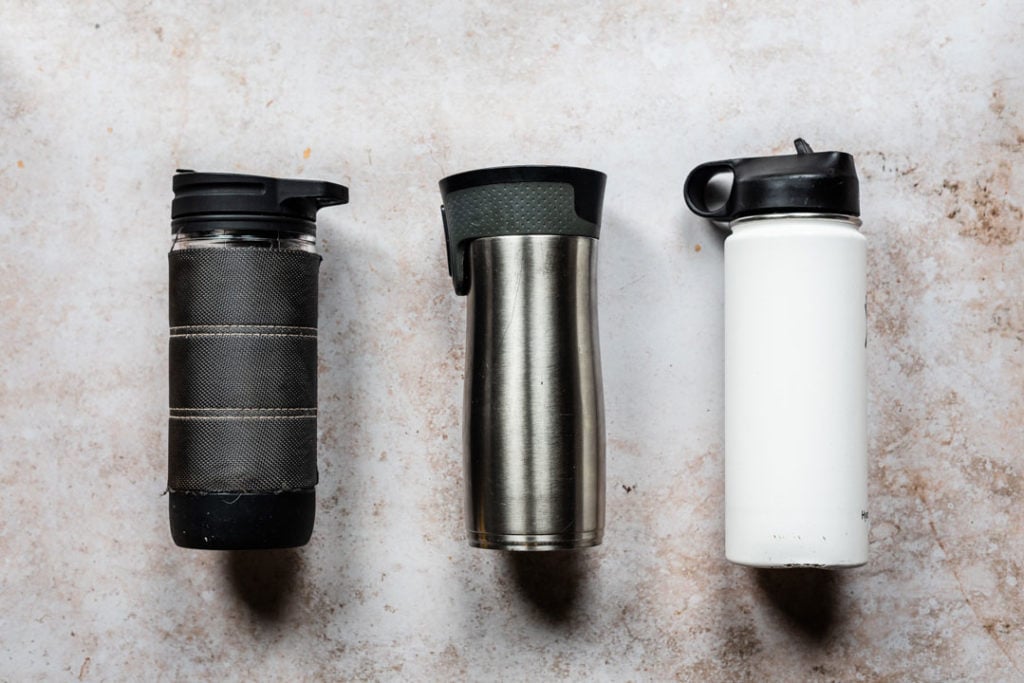
How to reuse your coffee grounds
- Makes great fertilizer - work into the soil of your indoor potted plants, or mix straight into your garden.
- Great exfoliant - try your hand at homemade face or hair masks.
- Deodorizer - put in a jar in the fridge (without a lid) to get rid of pesky odors.
- Clean with your grounds - scour pots and pans to get rid of caked on foods.
- Repel insects - many insects don't like the acidity of coffee. Coffee grounds can keep slugs out of the garden and ants out of the house.
- Coffee grounds can help remove fleas from your pet.
- Can be used as a natural dye for cloth or painting.
- Hide scratches in furniture.
- Tenderizes meat - add to a marinade or rub.
- Some say it can reduce cellulite and dark under-eye circles.
- Compost - in a backyard pile, make sure to balance coffee grounds with browns like dry leaves and sticks.
Are you a fellow coffee lover?
What are you doing to reduce your coffee waste? Or what do you feel would be easy to change to start reducing your waste?
Comment below to let us know! We'd love to chat about it.


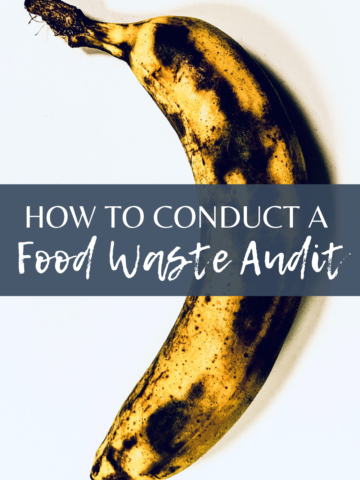

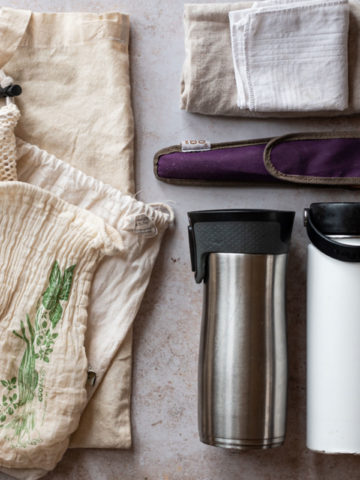
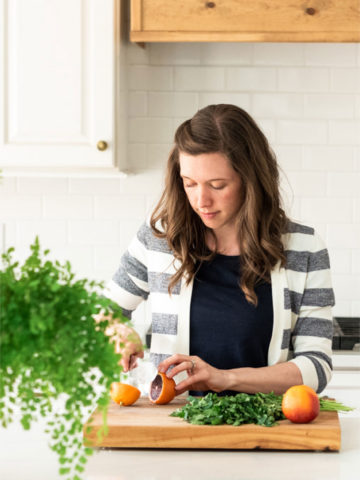
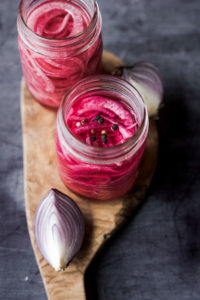

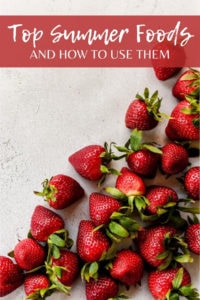
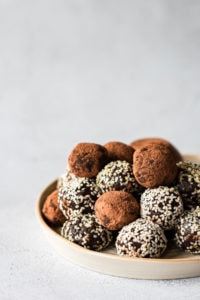
Leave a Reply